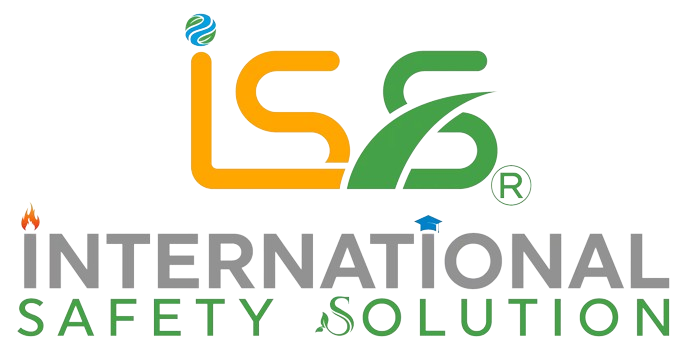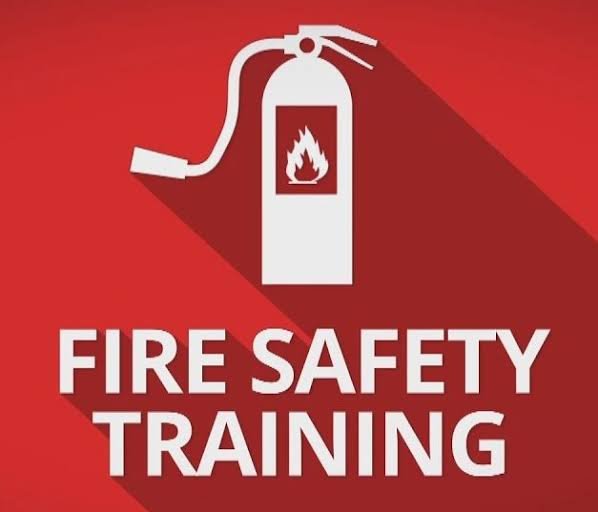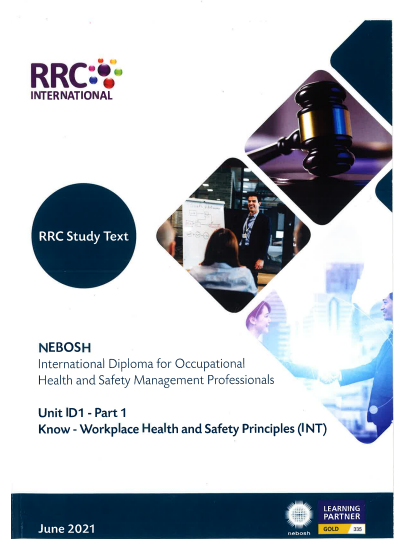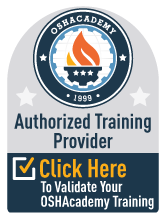In the modern professional world, decision-making is not just about leadership; it is about collaboration, communication, and consensus. Whether in business, education, safety, or government, formal consultation plays a critical role in ensuring that all stakeholders are heard before important decisions are finalized.
Formal consultation is a structured process where organizations, managers, or decision-makers seek feedback, opinions, and suggestions from employees, experts, or the public regarding a specific issue, policy, or change. Unlike informal discussions, this process follows predefined rules, timelines, and documentation requirements.
By engaging in formal consultation, organizations not only improve decision quality but also build trust, transparency, and accountability.

🔹 Importance of Formal Consultation
- Inclusion of Stakeholders – Ensures that all relevant voices (employees, customers, communities) are included in the decision-making process.
- Transparency – Promotes fairness by making decisions visible and justifiable.
- Better Decision-Making – Allows access to a variety of perspectives, preventing errors and blind spots.
- Legal Compliance – In certain industries (like health & safety, government policy, or environmental management), consultation is a legal requirement under regulations.
- Conflict Prevention – Involving people early reduces misunderstandings and resistance later.
🔹 The Four Stages of Formal Consultation
Formal consultation usually follows four structured stages. Each stage builds on the previous one to ensure effective communication and decision-making.
Stage 1: Preparation and Planning
- At this stage, the organization defines the purpose of the consultation. For example, a company may want to update its health and safety policy, and needs input from employees.
- Key elements include:
- Identifying stakeholders (employees, unions, customers, or experts).
- Setting clear objectives (e.g., improving safety procedures, changing working conditions).
- Preparing background documents and guidelines for participants.
- Establishing a timeline and communication channels.
- This stage ensures that the consultation is organized, focused, and goal-driven.
Stage 2: Information Sharing
- Consultation cannot succeed if participants lack information. Therefore, the second stage is about sharing clear, accessible, and relevant information.
- This may include:
- Draft proposals, reports, or data for review.
- Legal and regulatory context (such as HSE or ILO requirements).
- Clear explanations of the issue, its risks, and potential impact.
- At this stage, organizations must provide stakeholders with enough knowledge so they can contribute meaningful and informed feedback.
Stage 3: Collecting Feedback and Dialogue
- Once information is shared, stakeholders are invited to give their opinions, raise concerns, and suggest alternatives.
- Feedback can be collected through:
- Meetings and workshops.
- Surveys or questionnaires.
- Written submissions or consultation portals.
- The aim is to ensure two-way communication. This stage is not just about receiving feedback but also about active listening and dialogue.
- Example: In a construction company, workers may raise concerns about new PPE requirements or suggest practical changes to improve comfort and compliance.
Stage 4: Analysis, Decision, and Follow-Up
- After collecting feedback, the organization must analyze responses carefully.
- Steps include:
- Grouping feedback into themes.
- Considering risks, costs, and benefits of different options.
- Finalizing a decision based on evidence and input.
- Once the decision is made, it is critical to communicate results back to stakeholders. This shows respect and builds trust.
- Follow-up includes:
- Explaining why certain feedback was accepted or rejected.
- Updating policies or strategies accordingly.
- Monitoring the impact of the decision to ensure effectiveness.
🔹 Benefits of the Four-Stage Approach
- Structured Process – Prevents confusion and ensures accountability.
- Engaged Workforce – Employees feel valued when their voices are included.
- Better Compliance – Helps organizations meet legal and regulatory consultation requirements.
- Improved Outcomes – Decisions are more practical, balanced, and widely accepted.
- Stronger Relationships – Builds long-term trust between management and stakeholders.
🔹 Example: Formal Consultation in Workplace Safety
Let’s take the example of International Safety Solution conducting consultation for updating fire safety measures:
- Stage 1: Management prepares consultation documents explaining new fire alarm systems and evacuation drills.
- Stage 2: Information is shared with employees, including maps, technical details, and legal requirements under HSE standards.
- Stage 3: Workers provide feedback, suggesting clearer escape route markings and more training drills.
- Stage 4: The feedback is analyzed, policies are updated, and employees are informed of the final decision.
This shows how structured consultation leads to practical, effective, and widely accepted safety improvements.
🔹 Conclusion
Formal consultation is more than just a formality; it is a powerful tool for participatory decision-making. By following the four stages Preparation, Information Sharing, Collecting Feedback, and Analysis & Follow-Up organizations can make smarter decisions, ensure compliance, and build strong relationships with their stakeholders.
In an age of transparency and accountability, formal consultation is not optional; it is essential. Organizations that master this process position themselves for long-term success, safety, and sustainability.




